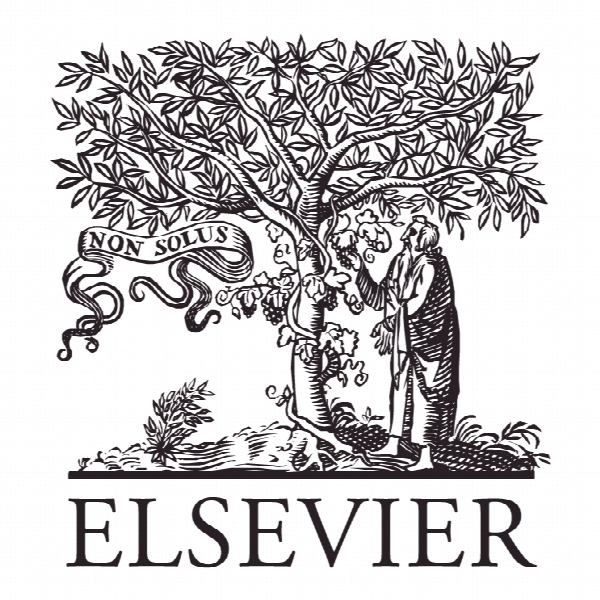مدیریت حسابداری به عنوان یک منبع سیاسی برای فعال کردن نمایندگی Management accounting as a political resource for enabling embedded agency
- نوع فایل : کتاب
- زبان : انگلیسی
- ناشر : Elsevier
- چاپ و سال / کشور: 2018
توضیحات
رشته های مرتبط حسابداری
گرایش های مرتبط حسابداری مدیریت
مجله تحقیقات حسابداری مدیریت – Management Accounting Research
دانشگاه University of Siegen – Chair of Management Accounting and Control – Germany
منتشر شده در نشریه الزویر
کلمات کلیدی انگلیسی Management accounting, Embedded agency, Institutional entrepreneurship, Institutional work, Institutional change, Organisational politics, Organisational power
گرایش های مرتبط حسابداری مدیریت
مجله تحقیقات حسابداری مدیریت – Management Accounting Research
دانشگاه University of Siegen – Chair of Management Accounting and Control – Germany
منتشر شده در نشریه الزویر
کلمات کلیدی انگلیسی Management accounting, Embedded agency, Institutional entrepreneurship, Institutional work, Institutional change, Organisational politics, Organisational power
Description
1. Introduction Incontrovertibly, there exist many different ways to define what constitutes an “institution” (e.g., Barley and Tolbert, 1997; Scott, 1987). Most of these definitions, however, imply that institutions are significant social structures that are often taken for granted and deeply ingrained in certain social settings (e.g., Burns and Scapens, 2000; Ribeiro and Scapens, 2006). Institutions are also regularly viewed as featuring some endurance and thus a high level of resilience and resistance to change (Scott, 2001). To explain how institutions may nevertheless change, that is, to explain institutional change, different theoretical perspectives have dominated during different time frames in the organisation studies literature. In the 1950s and 1960s, studies generally referred to as “old institutionalism” dominated the field (Battilana and D‘Aunno, 2009). They primarily focused on the roles of actors (organisations or individuals) in explaining the development of and changes in institutions, and thus, they attributed to these actors free will and the ability to act autonomously and proactively. Actors were thus viewed as the primary sources of change, and a high degree of agency was attributed to them (Green and Li, 2011; Selznick, 1949). In contrast, studies referred to as “neo-institutional theory” dominated in the 1970s and 1980s (Battilana and D‘Aunno, 2009). These studies typically assumed that structural constraints shaped actors’ behaviour and that actors adapted to institutions (Greenwood and Hinings, 1996). Combining the old institutionalism with the neo-institutional view, how actors who are embedded in and experience structural pressure from institutions can be a factor in changing those institutions is viewed as a paradox (Seo and Creed, 2002). This paradox is now widely referred to as the paradox of “embedded agency” (Garud et al., 2007; Greenwood and Suddaby, 2006; Kilfoyle and Richardson, 2011). Thus, as noted by Kilfoyle and Richardson (2011, p. 191), “the paradox of embedded agency consists in having institutionally embedded agents introducing institutional change”. Actors who engage in embedded agency seek to change existing beliefs and practices and are thus referred to as institutional entrepreneurs (DiMaggio, 1988). It is not difficult to imagine that other actors within an organisation may not wish to change beliefs and practices, thus preferring to retain the status quo and inhibit institutional change (Battilana et al., 2009; Garud et al., 2007; Seo and Creed, 2002).


